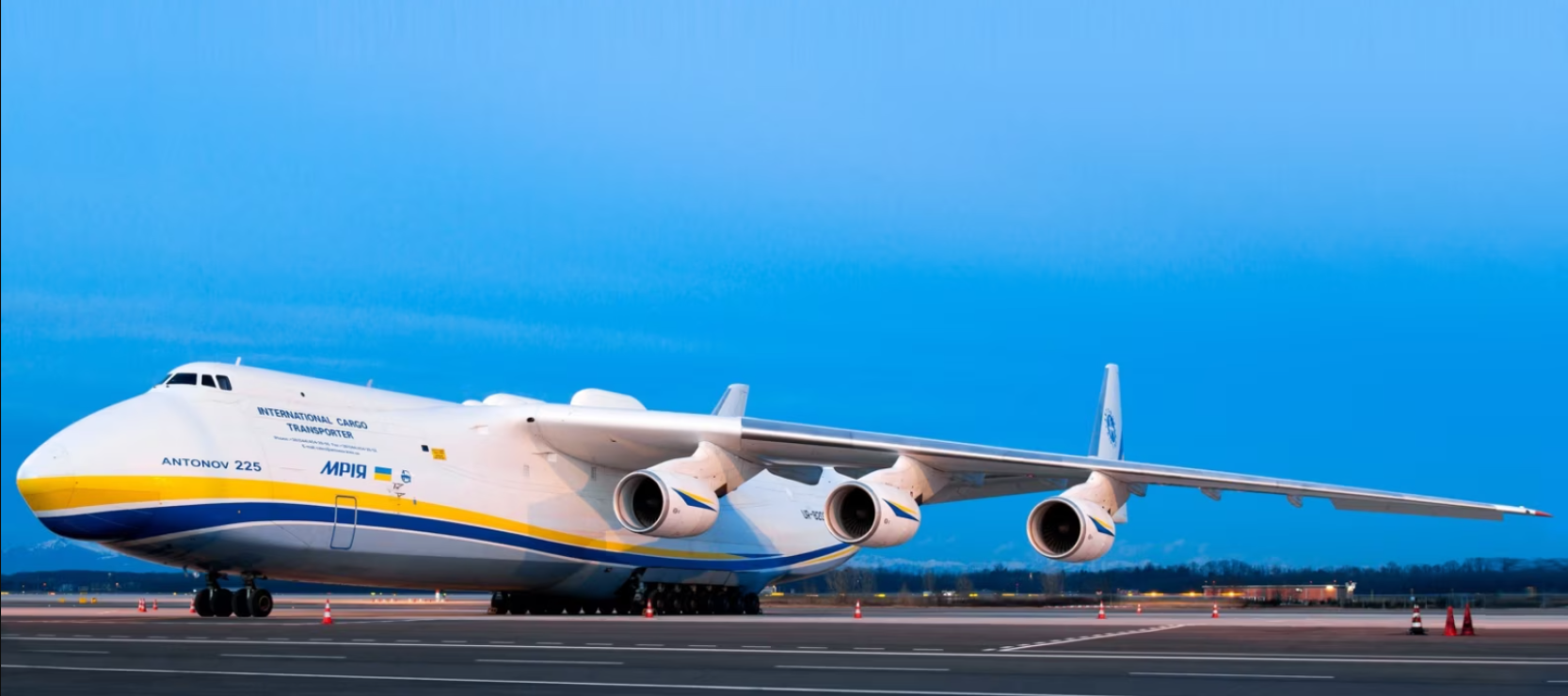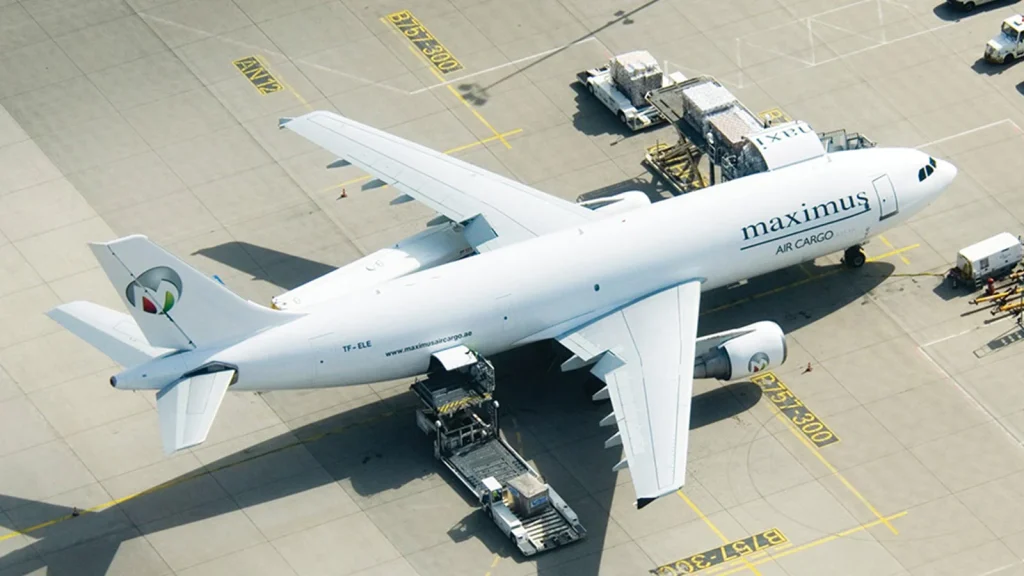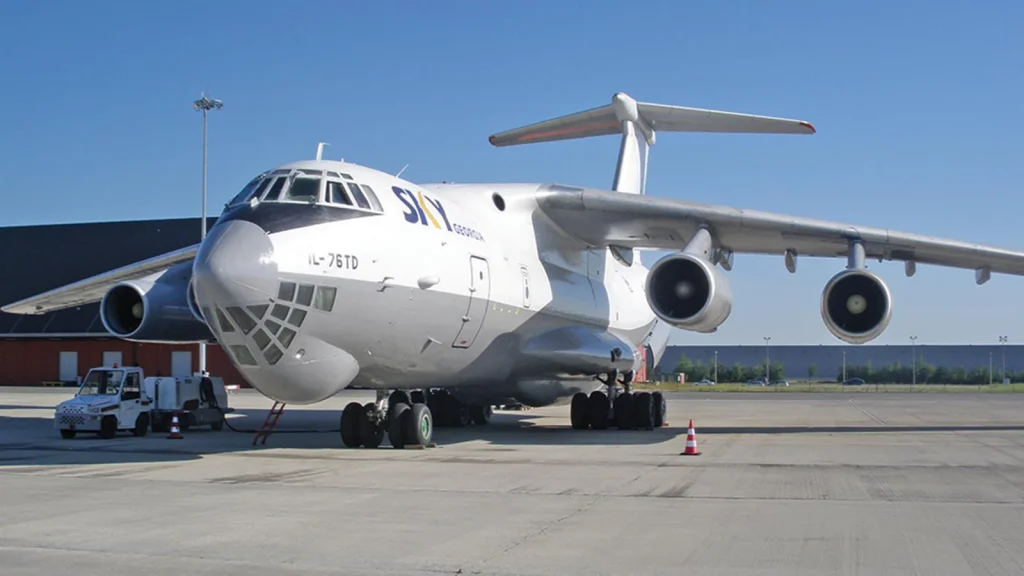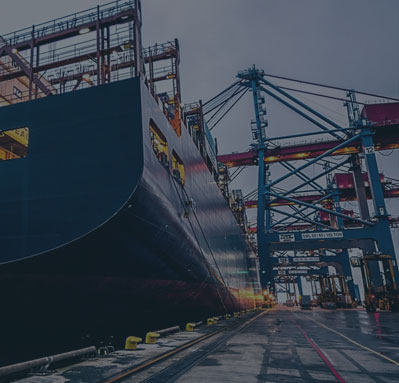In the intricate world of logistics and air freight, cargo aircraft play a pivotal role in the rapid, reliable transportation of goods across the globe. From perishable food items to electronics, pharmaceuticals, and even oversized machinery, these specialized aircraft ensure that products reach their destinations swiftly and safely. This blog delves into the various types of cargo aircraft, their unique characteristics, and the main models dominating today’s skies.
Introduction to Cargo Aircraft
Cargo aircraft, also known as freight aircraft, freighters, or air cargo carriers, are specifically designed or converted to transport goods, rather than passengers. Unlike their passenger counterparts, cargo planes are equipped with large doors for loading goods and often have a built-in ramp and other mechanisms to facilitate the easy loading and unloading of cargo. The design of a cargo aircraft focuses on maximizing cargo space, payload capacity, and efficiency. Additionally, these aircraft often feature specialized flooring systems with tracks or rollers to aid in the movement of cargo pallets, further streamlining the loading process. This attention to detail ensures that cargo aircraft can accommodate a diverse array of freight types, from standard packages to oversized equipment, making them a versatile and indispensable asset in the global supply chain.
Benefits of Air Shipping
Air shipping, facilitated by cargo aircraft, offers a multitude of advantages that make it an essential component of global trade and logistics. Here are some key benefits:
- Speed: Air shipping is unmatched in terms of delivery speed, making it the go-to option for time-sensitive shipments. Products can be transported across continents in a matter of hours rather than days or weeks, which is particularly crucial for perishable goods, urgent medical supplies, or high-demand consumer products.
- Reliability: Cargo aircraft schedules are not as susceptible to the delays common in ground or sea transportation, such as traffic congestion or adverse sea conditions. Airlines offer consistent flight schedules, and the fast transit times reduce the opportunity for delays, ensuring that goods arrive on time.
- Global Reach: Air freight provides access to virtually any destination worldwide, including remote or difficult-to-reach areas. This extensive network makes it possible for businesses to expand their markets globally without being limited by transportation constraints.
- Security: Airports have stringent security measures in place, which translates to a lower risk of theft and damage for air-shipped goods. The quick transit times and controlled cargo handling further minimize exposure to potential security risks.
- Reduced Inventory and Warehousing Costs: The speed of air shipping allows for tighter inventory control and reduces the need for large warehousing spaces, as goods can be shipped directly to where they are needed, when they are needed. This can significantly lower inventory holding and storage costs for businesses.
- Enhanced Tracking and Visibility: Air cargo shipments can be closely monitored thanks to advanced tracking systems used by airlines and airports. This enables shippers and recipients to have real-time information about the whereabouts of their goods, providing peace of mind and allowing for better logistics planning.
Types of Cargo Aircraft
Cargo aircraft can be broadly categorized into three types based on their capacity and operational requirements: standard body freighters, wide-body freighters, and outsize cargo freighters.
Standard Body Freighters
Standard body freighters, often derived from narrow-body passenger aircraft, are utilized for shorter regional routes. These aircraft are ideal for transporting small to medium-sized cargo and are highly efficient for quick turnarounds. Models like the Boeing 737 and Airbus A320 families are popular in this category. Typically, they are used to transport a variety of goods including mail, consumer goods, electronic components, and e-commerce packages. Their smaller size allows them to access airports with shorter runways, making them perfect for reaching remote or less accessible locations. They are also frequently used for the quick transport of spare parts and other time-sensitive items that need to reach their destination promptly.
Wide-Body Freighters
Wide-body freighters are the backbone of international cargo operations, capable of carrying significant amounts of cargo over long distances. These aircraft offer vast cargo spaces and are equipped with features to handle a variety of freight, including temperature-sensitive goods. The Boeing 747 Freighter and Airbus A330-200F are leading models in this segment. They commonly transport larger and heavier items such as machinery, automotive parts, and aerospace components. Additionally, wide-body freighters are instrumental in the shipping of perishable goods like fruits, vegetables, and flowers, thanks to their temperature-controlled capabilities, ensuring these items arrive fresh and market-ready. Their significant cargo capacity also makes them ideal for transporting bulk shipments of pharmaceuticals and medical equipment, especially in times of emergency.
Outsize Cargo Freighters
Outsize cargo freighters are designed to transport exceptionally large, heavy, or awkwardly shaped items that cannot be accommodated by standard or wide-body freighters. These aircraft, such as the Antonov An-124 and the unique Antonov An-225, are equipped with large loading doors, ramps, and reinforced floors to manage extraordinary payloads. They are often called upon for the transport of outsized items such as industrial machinery, military vehicles, and satellite equipment. These freighters play a crucial role in humanitarian efforts, delivering large volumes of aid supplies to disaster-struck regions. Moreover, their ability to handle unique loads makes them indispensable for projects requiring the movement of large construction materials, wind turbine blades, and other components of renewable energy infrastructure, showcasing their versatility and capacity to support a wide range of industrial and humanitarian needs.
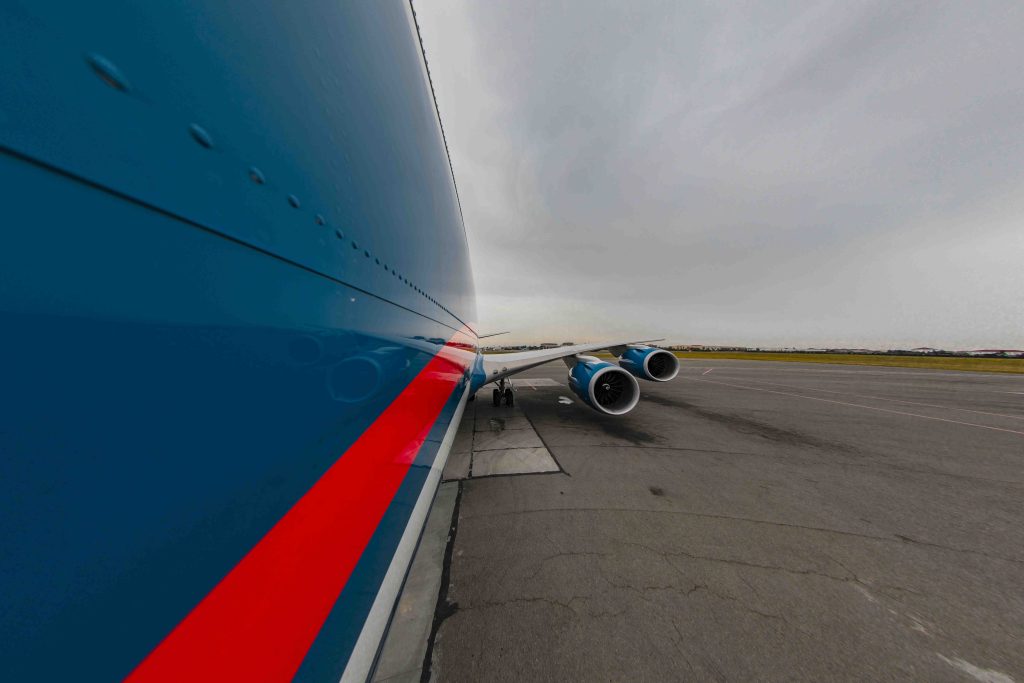
Characteristics of Cargo Aircraft
The design and operation of cargo aircraft are influenced by several key characteristics that differentiate them from passenger planes:
- Cargo Doors and Loading Systems: Large, often upward-opening doors and advanced loading systems enable the efficient handling of a wide range of cargo types. These systems may include built-in cranes, automated guided vehicles (AGVs), and other mechanized equipment that streamline the loading process, reducing turnaround times and increasing operational efficiency.
- Reinforced Flooring: To support heavy payloads, cargo aircraft floors are reinforced and equipped with rollers to facilitate the movement of goods. This feature is crucial for the smooth transition of cargo, especially when dealing with large and heavy freight items, allowing for secure and stable transport.
- Pressurization and Temperature Control: Certain cargo compartments are pressurized and temperature-controlled to transport sensitive freight, such as pharmaceuticals and perishable items. This capability is essential for maintaining the quality and integrity of temperature-sensitive goods over long distances, ensuring that they arrive in optimal condition.
- Range and Payload Capacity: Cargo aircraft are designed with a focus on maximizing payload capacity while maintaining the range necessary to cover global routes. High-efficiency engines and aerodynamic designs enhance fuel economy, enabling these aircraft to carry more goods over longer distances without the need for frequent refueling stops.
- Modular Cargo Areas: Many cargo aircraft feature modular cargo areas that can be easily reconfigured to accommodate different types of freight, from palletized goods to oversized equipment. This adaptability allows cargo carriers to tailor their aircraft’s interior to meet the specific needs of each shipment, maximizing space utilization and transport efficiency.
- Advanced Navigation and Communication Systems: Cargo planes are often outfitted with the latest in navigation and communication technology, ensuring accurate tracking and monitoring of freight throughout its journey. This not only improves safety and reliability but also provides shippers and recipients with real-time updates on their cargo’s status.
These distinctive features underscore the specialized nature of cargo aircraft, tailored to meet the diverse and demanding needs of the global freight industry. By leveraging these advanced capabilities, cargo carriers can offer flexible, reliable, and efficient services, crucial for keeping the wheels of commerce turning in our interconnected world.
Main Models of Cargo Aircraft
Airbus A330-200F
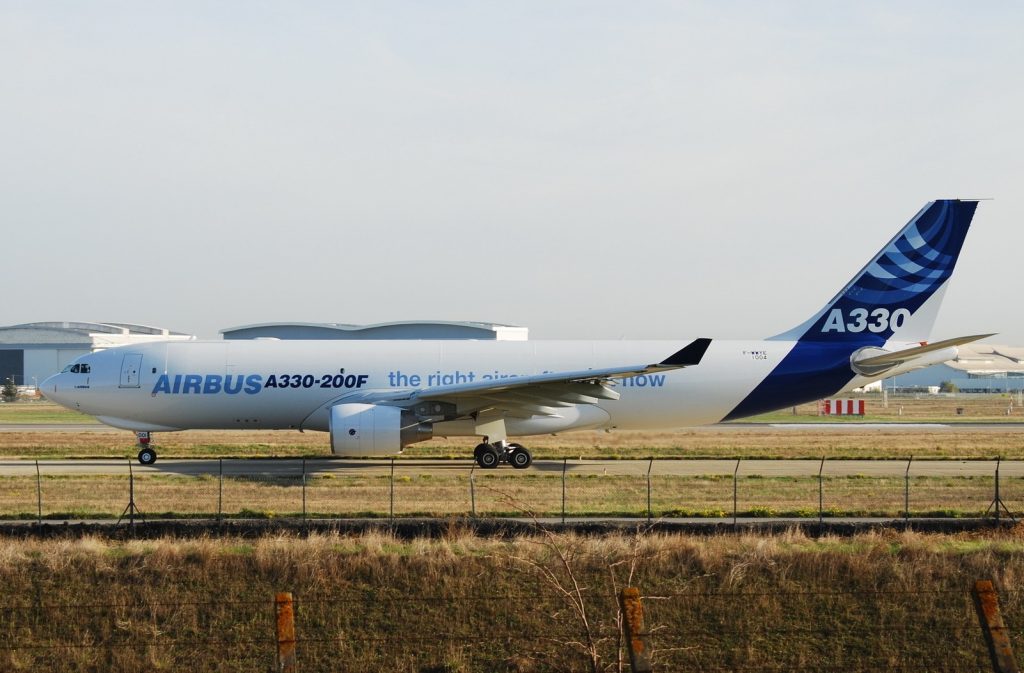
The Airbus A330-200F is a medium to long-range cargo aircraft that provides an excellent balance of capacity and efficiency. Its advanced aerodynamics and fuel-efficient engines make it a cost-effective option for airlines, with the capability to carry substantial payloads over significant distances.
AIRBUS A300-600F
This model stands out for its robust payload capabilities and substantial load volume, catering to a wide spectrum of cargo needs. Its spacious cargo hold is designed to efficiently transport everything from electronics to textiles, ensuring they reach their destinations safely and securely.
Antonov An-124 Ruslan
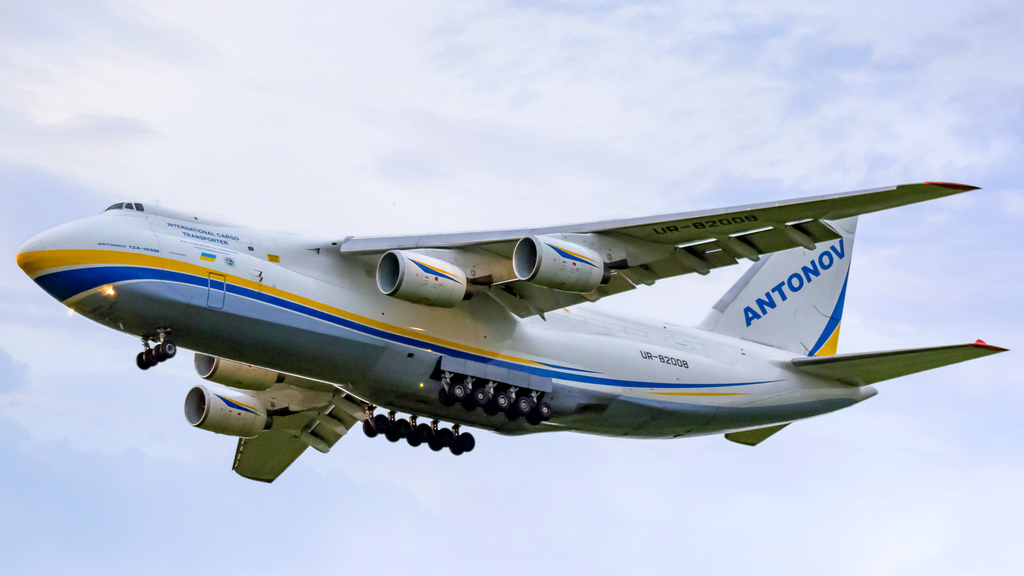
The Antonov An-124 Ruslan, known for its immense lifting capacity, is one of the world’s largest cargo planes. It’s designed for transporting heavy and oversized freight, such as industrial equipment and military hardware, featuring a unique front-loading design and a robust landing gear system to accommodate a variety of airfields.
Boeing 747-8F
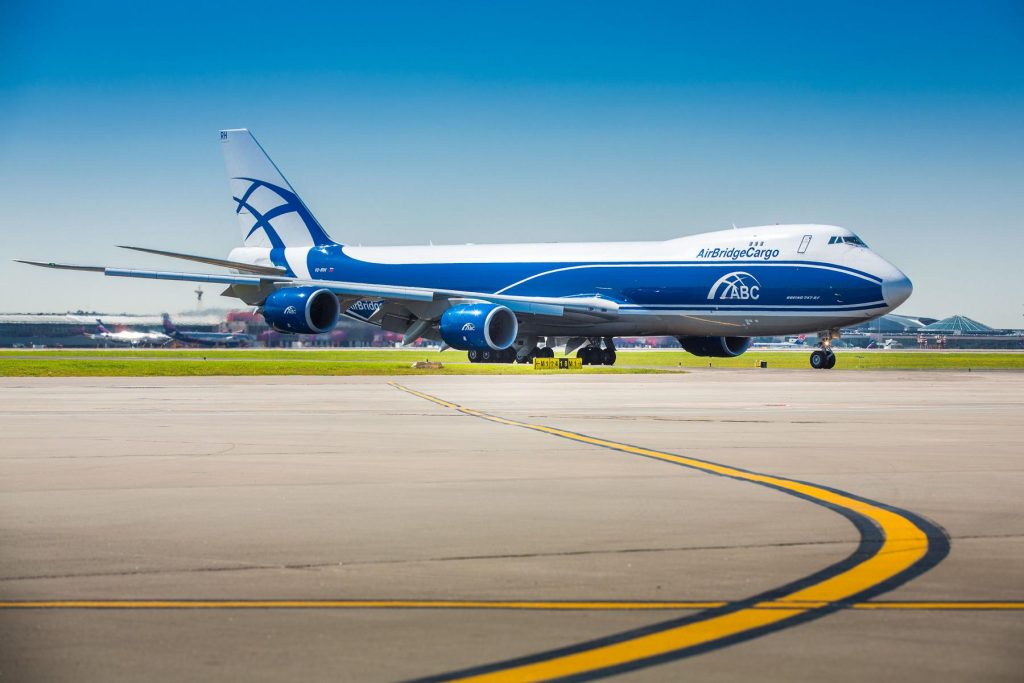
The Boeing 747-8F freighter is the latest iteration of the iconic 747 freighter series, offering an unbeatable combination of payload capacity and range. With its distinctive nose door, it can accommodate a wide variety of cargo, including outsize items, making it a favorite for international freight operators.
Boeing 757-200F
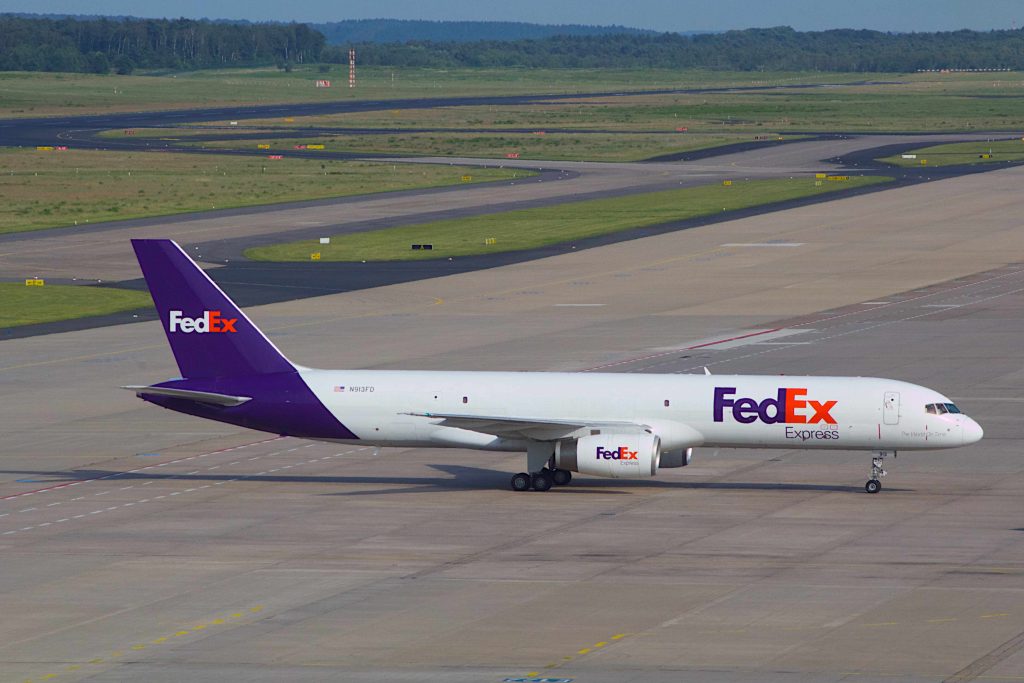
Renowned for its operational efficiency and flexibility, the Boeing 757-200F can adeptly handle a diverse range of cargo. Its ability to operate in more restrictive airports makes it invaluable for connecting a broader network of destinations, thereby facilitating seamless cargo movement across regions.
Boeing 767-200F
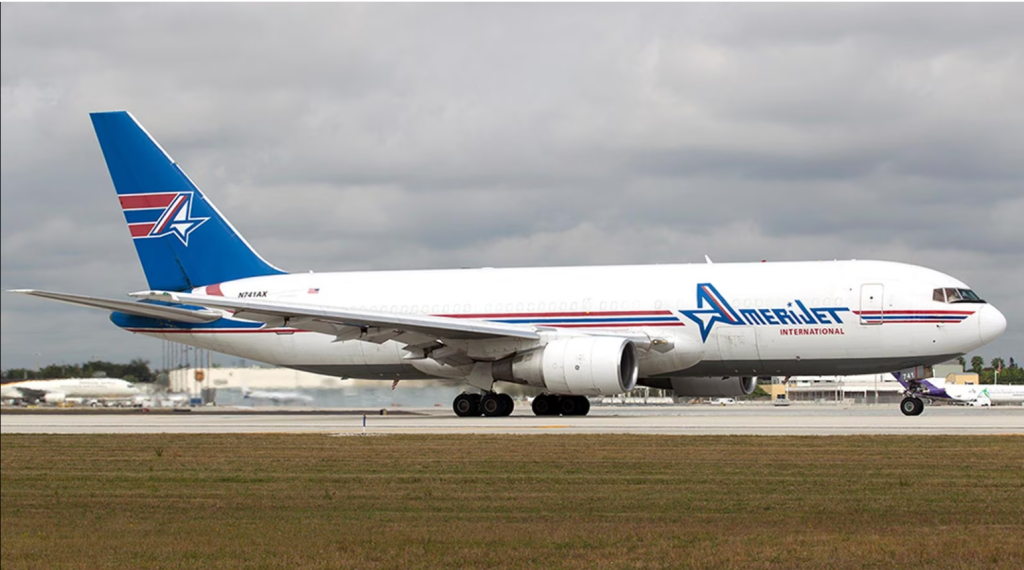
This model is known for its remarkable payload capacity and versatility, making it a preferred choice for medium to long-range cargo missions. Its efficiency and reliability ensure that goods are delivered across vast distances swiftly and securely.
Boeing 767-300F
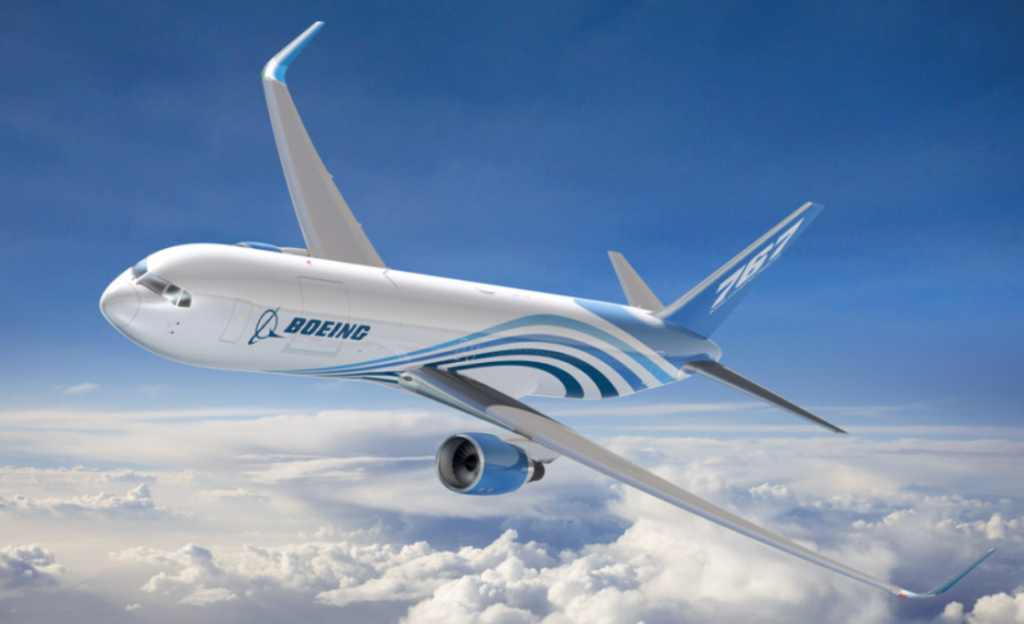
Expanding on the capabilities of its predecessor, the Boeing 767-300F offers even greater volume and payload capacity. Its advanced design and operational efficiency make it a standout option for demanding cargo operations, ensuring goods arrive on time, every time.
Boeing 777F
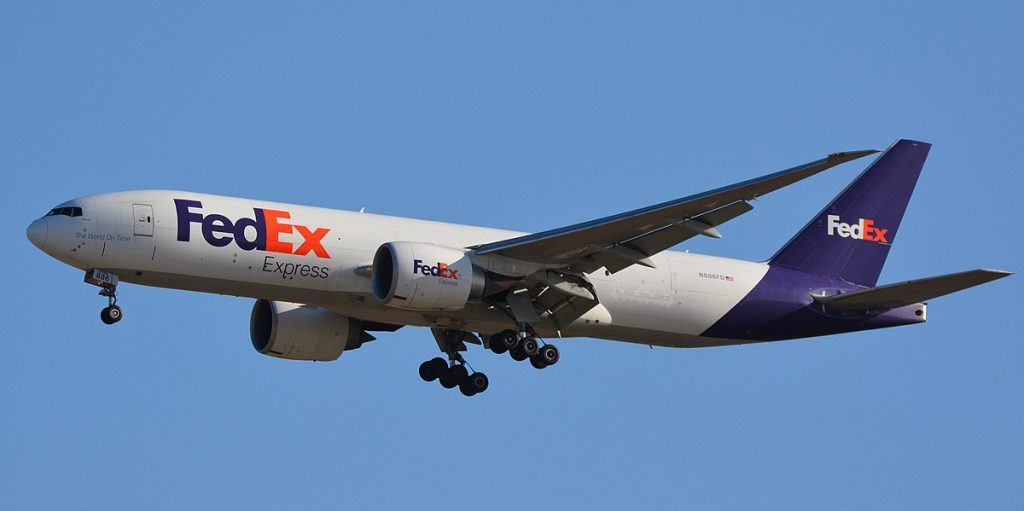
The Boeing 777F is a derivative of the Boeing 777-200LR passenger aircraft and is one of the most modern and efficient freighters in operation. It offers exceptional range and payload capabilities, making it ideal for long-haul cargo flights. The 777F is especially favored for its fuel efficiency and lower operating costs.
IL-62
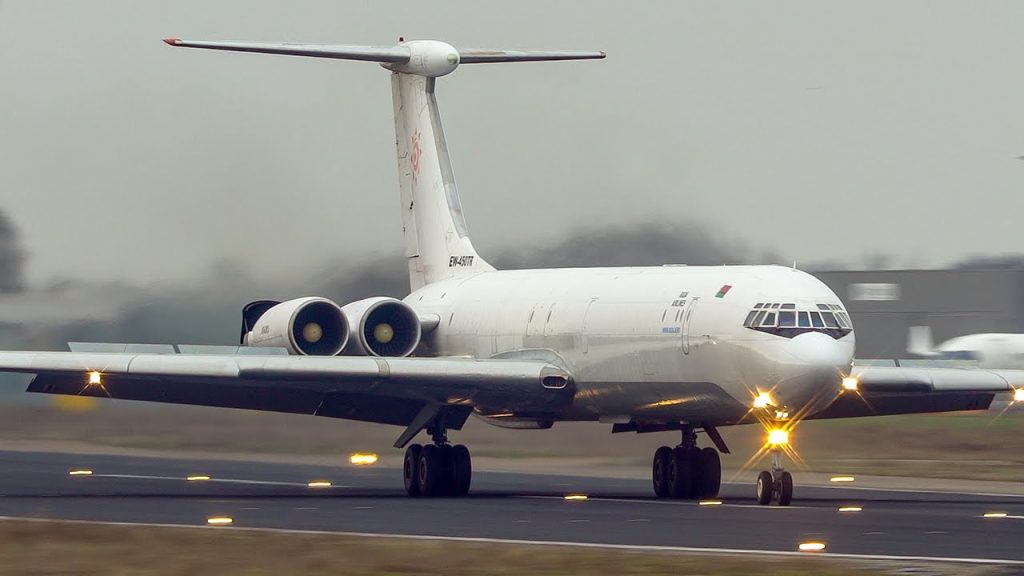
The IL-62 serves specific cargo needs with its unique capabilities and design, ideal for transporting goods to and from regions with limited accessibility. Its service record underscores its reliability and adaptability in various logistic scenarios.
IL-76 T&TD
Renowned for its robust performance and versatility, the IL-76 T&TD is capable of operating in extreme conditions, making it essential for delivering cargo to less accessible areas. Its significant payload capacity and ability to land on less prepared runways make it invaluable for critical missions and humanitarian aid.
Lockheed L-100-30 Hercules
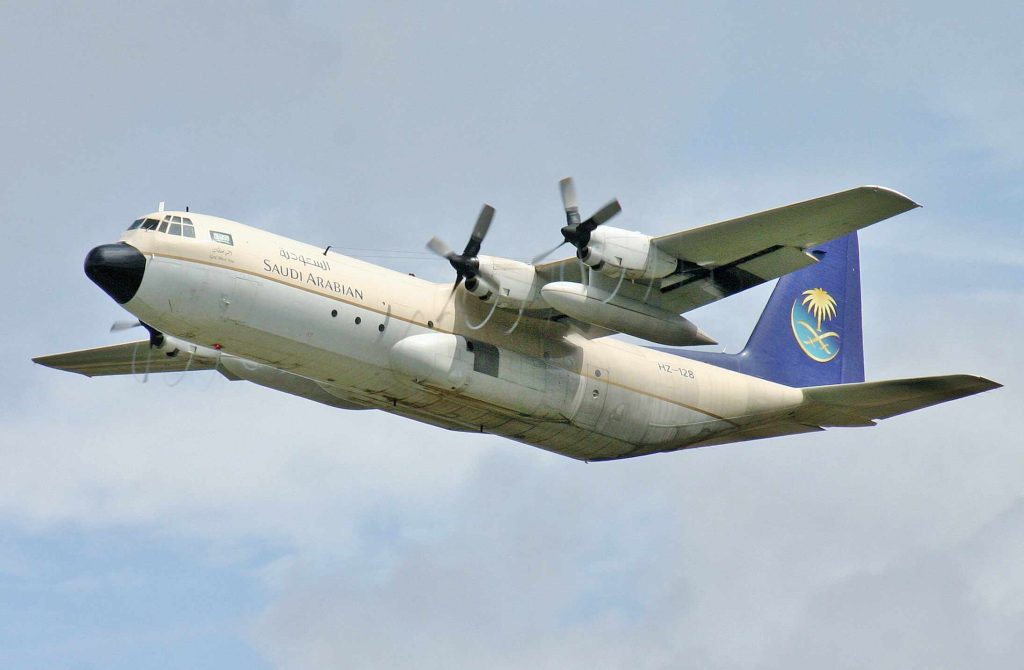
This rugged and versatile aircraft is celebrated for its ability to perform in the most challenging environments. The Lockheed L-100-30 Hercules excels at delivering cargo to remote areas, thanks to its short takeoff and landing capabilities, proving essential in humanitarian and relief operations.
McDonnell Douglas MD-11F
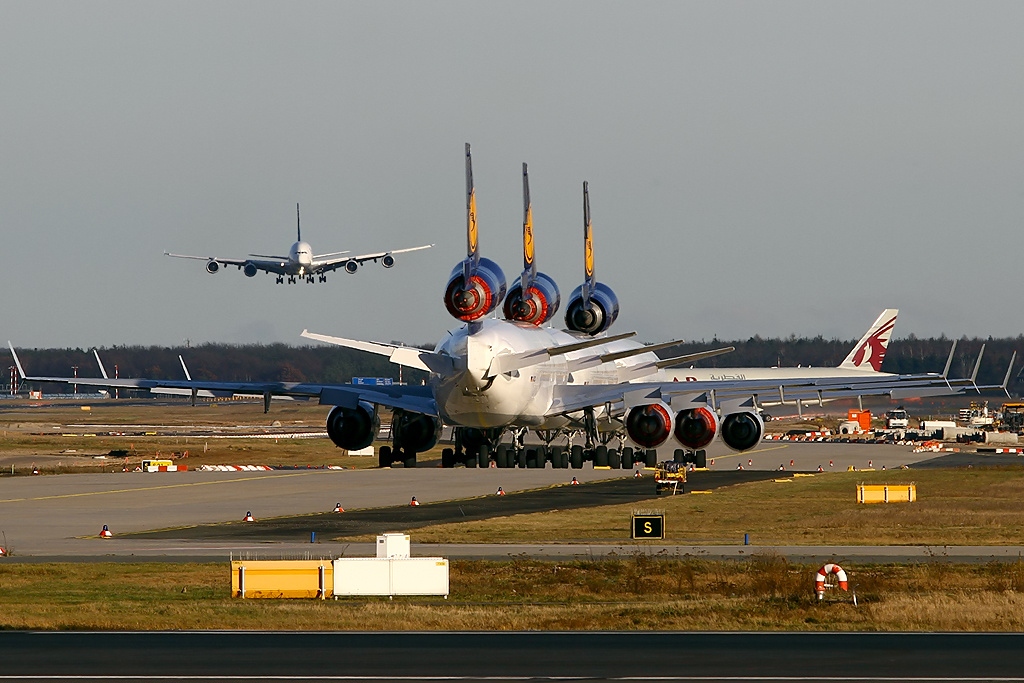
The MD-11F is a long-range freighter that has proven itself as a workhorse in the cargo industry. Despite being out of production, it remains in service due to its strong performance, reliability, and capacity to carry a significant amount of cargo with operational efficiency.
TU-204
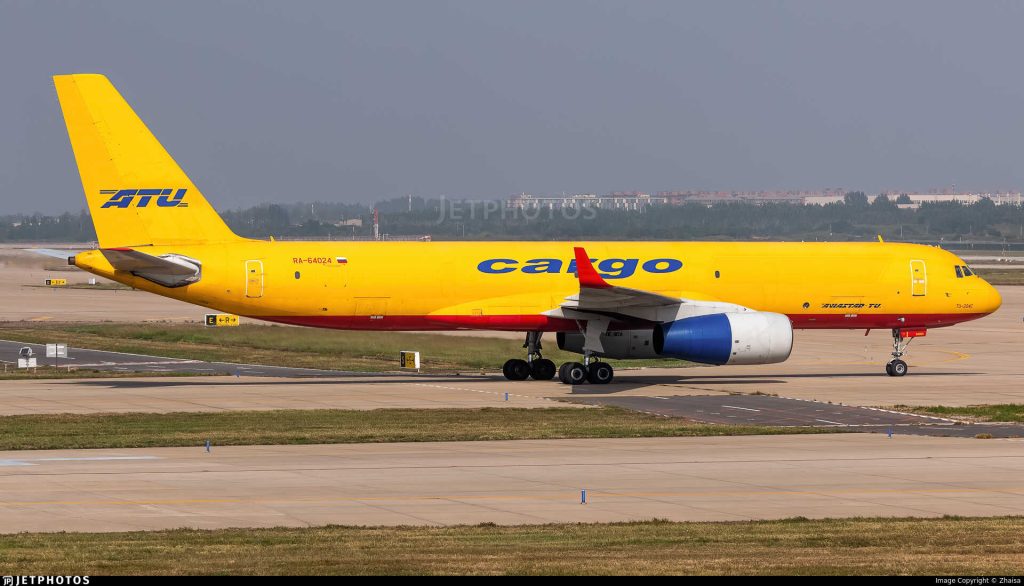
The TU-204 stands out for its efficiency and capability to serve both medium and long-haul routes. With its modern design and significant payload capacity, it represents an excellent option for cargo operators looking to balance performance with operational costs.
Each of these aircraft models plays a crucial role in the logistics and air freight industry, showcasing a range of capabilities and specializations that cater to the diverse needs of global cargo transportation.
Elevating Global Logistics: The Power of Cargo Aircraft and Cargoline’s Innovative Air Cargo Solutions
Cargo aircraft are indispensable to the global logistics network, enabling the fast and flexible transportation of goods across continents. From the versatile standard body freighters perfect for regional deliveries to the behemoth outsize cargo freighters capable of carrying the most challenging loads, the world of air freight is diverse and dynamic. As technology advances and global trade continues to grow, the development and deployment of cargo aircraft will continue to evolve, further enhancing the efficiency and reach of air cargo operations
At Cargoline, we are leaders in integrating state-of-the-art air cargo solutions into your supply chain, significantly boosting efficiency from the moment goods leave the factory to when they reach global markets. Our expertise goes beyond conventional air freight methods, providing full-scale support for the adoption and advancement of air shipping strategies. Whether you’re aiming to elevate your current air freight processes or are venturing into the world of air cargo for the first time, Cargoline stands as your indispensable ally. We understand the complexities of air shipping and are committed to streamlining this aspect of your operations.
Connect with Cargoline today to navigate the logistics landscape more smoothly and secure a competitive edge in the fast-paced world of global trade.
